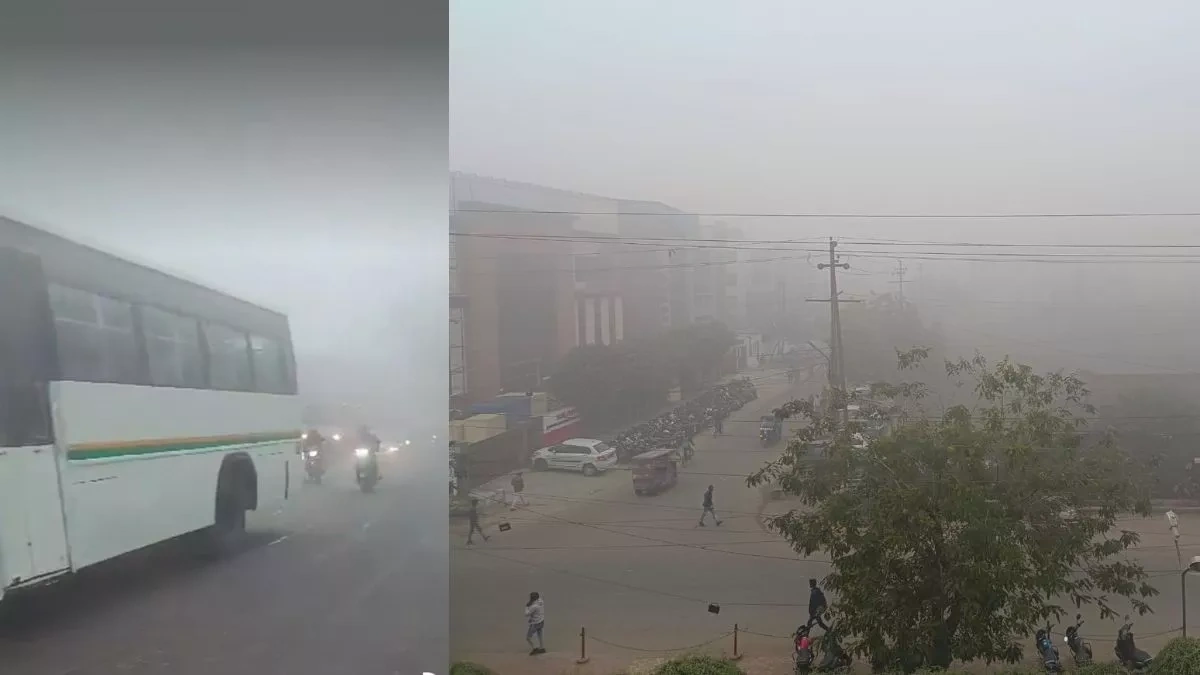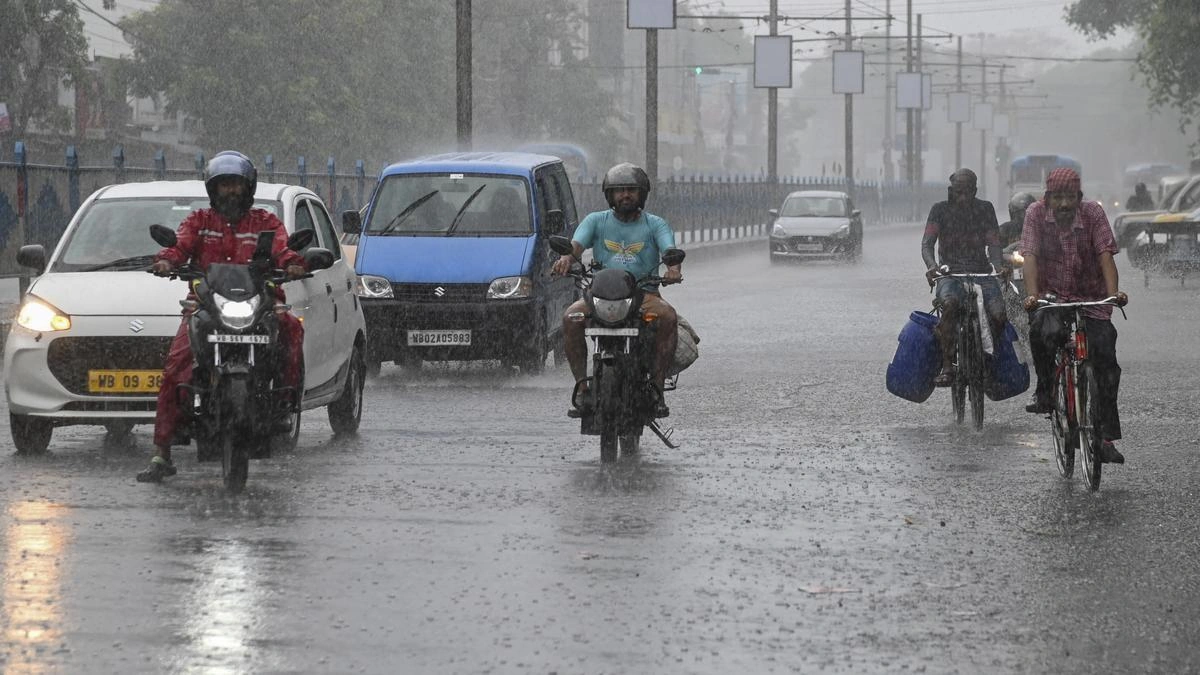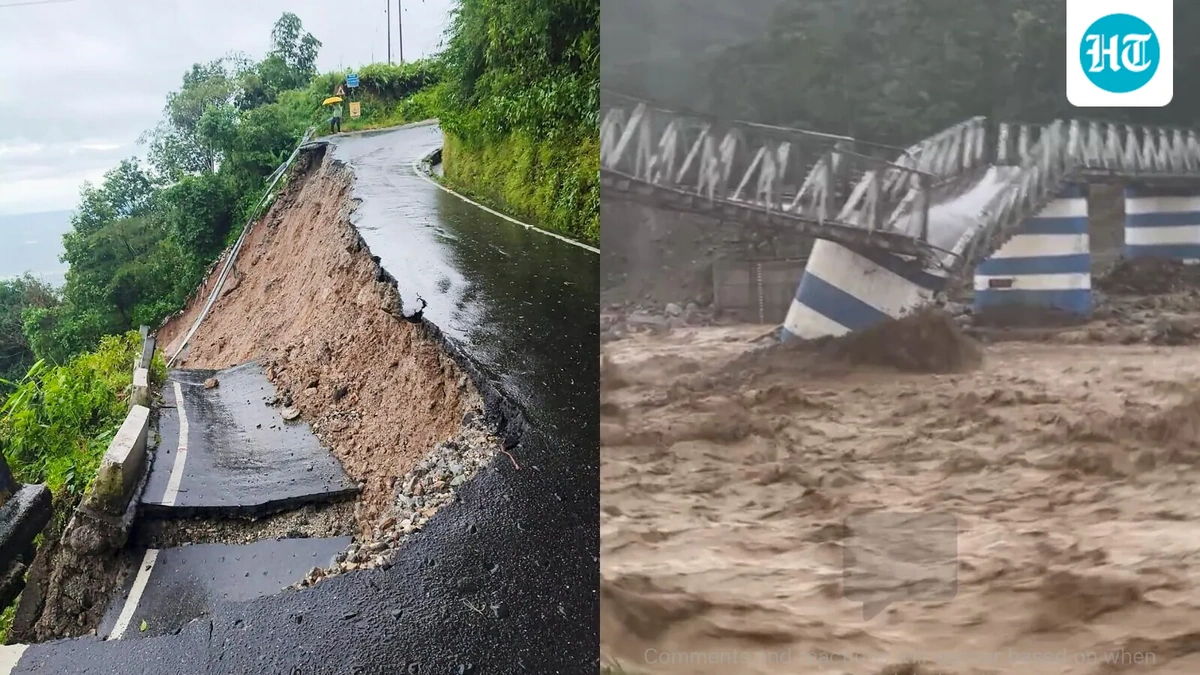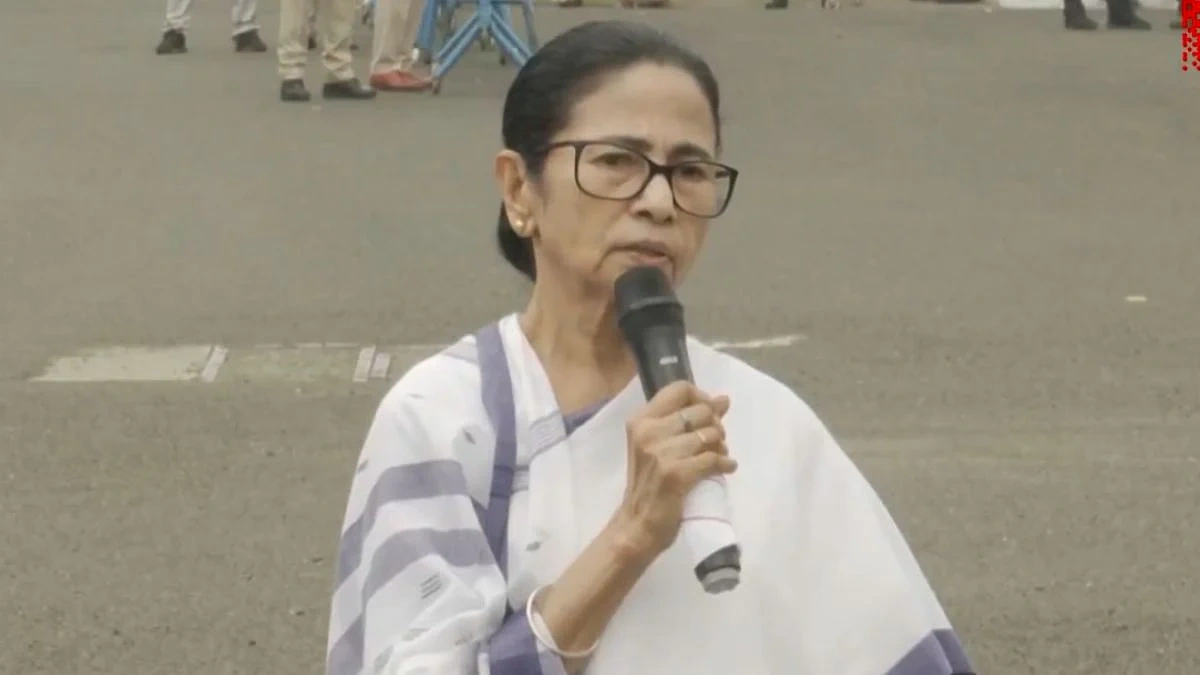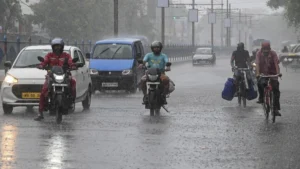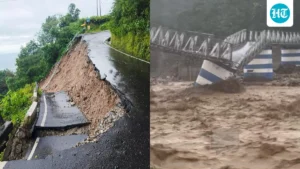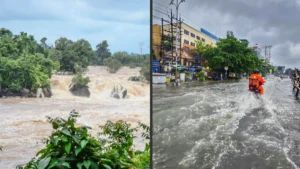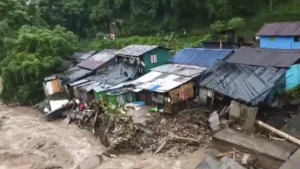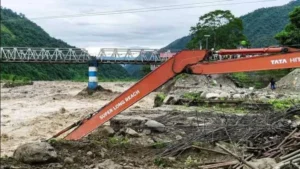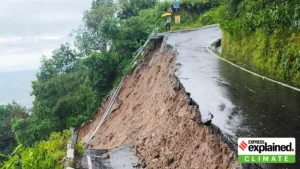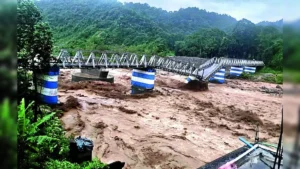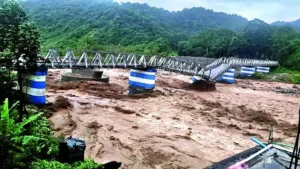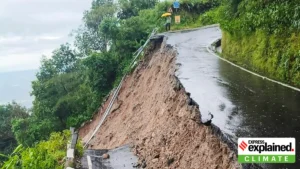The Secret Code of Noida’s Weather | Why It’s So Hot, So Cold, and So… Grey
Let’s be honest. In most places, talking about the weather is the ultimate small talk. It’s what you say when you have nothing else to say. But here in Noida, it’s different. The weather isn’t just a background detail; it’s the main character in our daily lives. It dictates our plans, our health, our electricity bills, and even our moods.
You’ve probably checked the noida weather forecast today. Maybe you saw a simple sun icon or a number like 42°C. But that number doesn’t tell the whole story, does it? It doesn’t capture the feeling of that oppressive, radiating heat from the pavement, the sudden drama of a pre-monsoon dust storm, or the eerie silence of a winter morning blanketed in thick, grey smog.
What fascinates me is the why. Why is the weather in this specific corner of the world so… extra? It’s not random. It’s a complex, dramatic performance with a script written by geography, meteorology, and, increasingly, by us. So, grab your coffee (or maybe a shikanji, depending on the day), and let’s decode the secret language of Noida’s weather. This isn’t just about knowing the forecast; it’s about understanding the city we live in.
The Summer Inferno | Why Noida Becomes a Concrete Oven
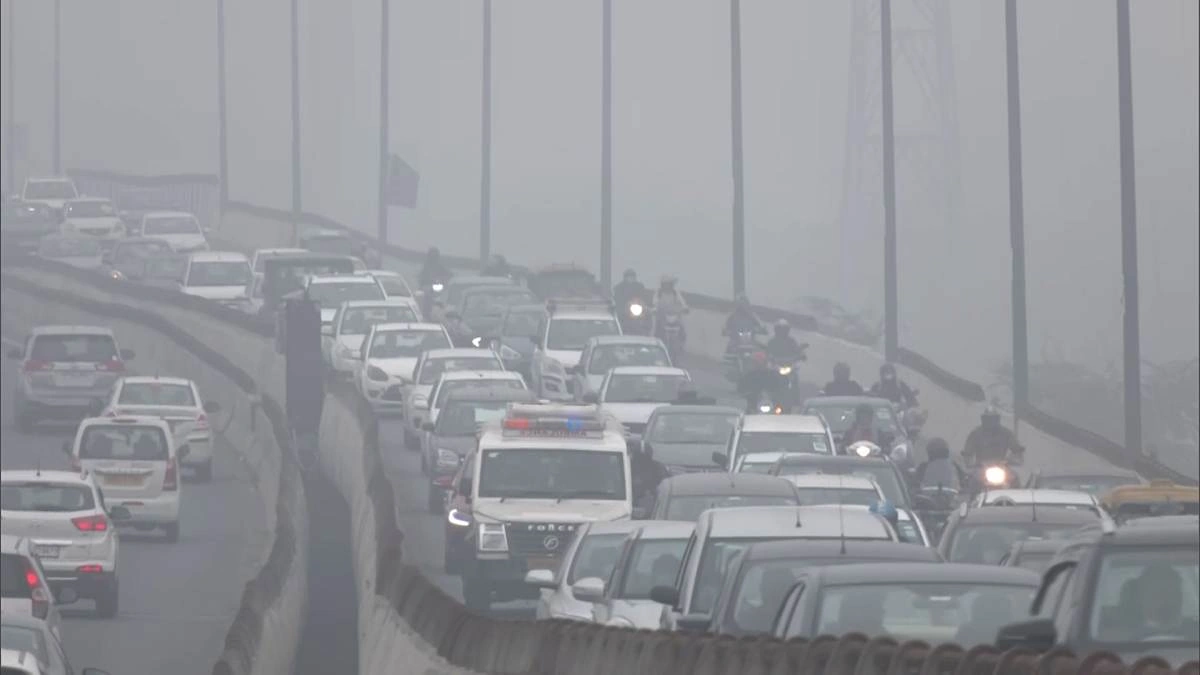
From late April to June, Noida doesn’t just get hot; it turns into a furnace. Stepping outside at 2 PM feels like walking into a blast of hot air from a giant hairdryer. But this isn’t just about being in a hot country. There’s a specific science to why our city gets so intensely hot.
Think of it this way: Noida is a classic example of an “Urban Heat Island.” The endless stretches of concrete buildings, asphalt roads, and glass facades are brilliant at absorbing the sun’s heat all day. Unlike a forest or a field, which uses that energy for photosynthesis and releases moisture (a cooling process called transpiration), our concrete jungle just soaks it all up. Then, all night long, it radiates that stored heat back into the atmosphere. This is why even at 10 PM, the air can feel oppressively warm. Your AC isn’t just fighting the day’s heat; it’s fighting the heat stored in the very bones of the city.
And then there’s the Loo. These aren’t just any hot winds; they are super-heated, bone-dry gusts originating from the vast, sandy deserts of Rajasthan and Pakistan. They sweep across the North Indian plains with nothing to stop them, picking up heat and shedding any hint of moisture. When this Loo hits Noida’s Urban Heat Island, it’s a double whammy. The result is a brutal noida heatwave that can push temperatures to record-breaking levels and make life genuinely dangerous for those without access to cooling. The reality check of living here is that summer isn’t a season to enjoy; it’s a season to survive.
The Monsoon Gamble | More Than Just Rain, It’s an Unpredictable Event
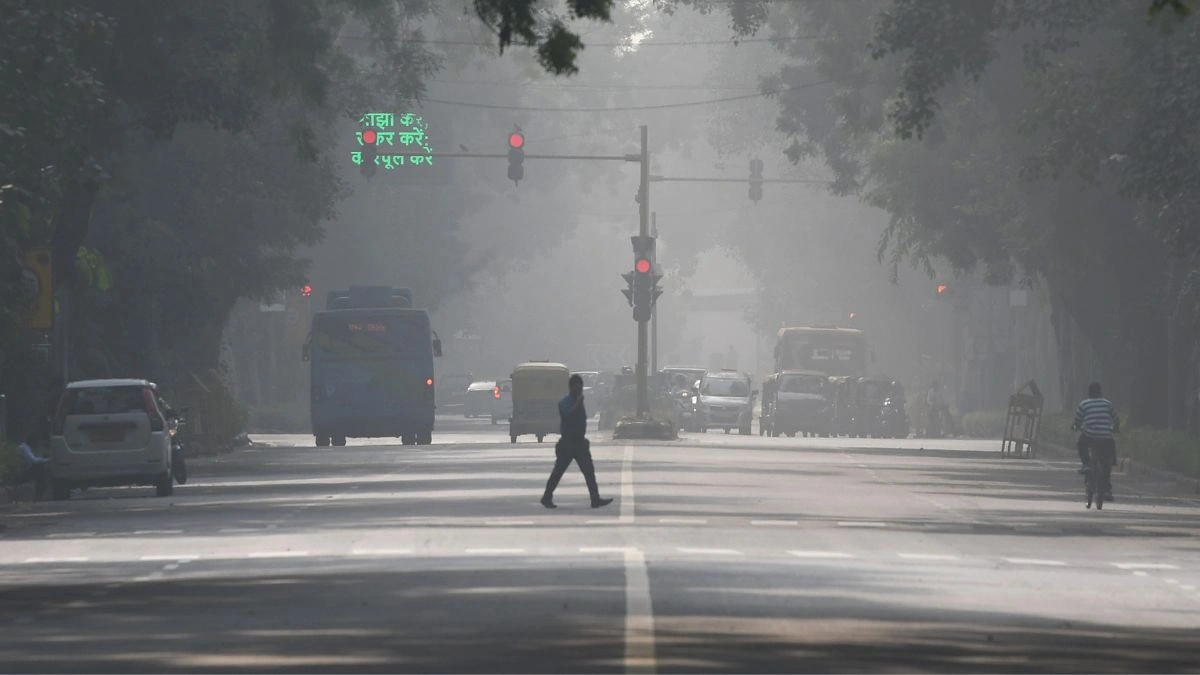
After the scorching summer, the arrival of the monsoon feels like a city-wide catharsis. That first petrichor the earthy smell of rain hitting dry soil is a scent of pure relief. But Noida’s monsoon is rarely a gentle, predictable affair. It’s a high-stakes gamble.
Here’s the thing: our rain is primarily delivered by the monsoon winds coming from the Bay of Bengal. But their journey here is long and complex. By the time they reach the Delhi NCR weather patterns , they’ve already shed a lot of moisture along the way. Their strength and timing can be wildly unpredictable. This is why forecasting the exact noida monsoon date is so tricky. Some years we get a deluge; other years, it’s disappointingly sparse.
But the real problem isn’t just the amount of rain; it’s what happens when it hits the ground. Remember our friend, the Urban Heat Island? All that concrete and asphalt that makes it hot also makes it waterproof. Rainwater has nowhere to go. Natural ground would absorb it, recharging the groundwater. In Noida, it hits the non-porous surface and immediately runs off, overwhelming our often-clogged and inadequate drainage systems. A couple of hours of intense rain can turn major roads into rivers, flood underpasses, and bring the city to a standstill. It’s a perfect example of how urban planning or a lack thereof directly collides with natural weather patterns, creating a man-made disaster.
The Grey Blanket | Decoding Noida’s Infamous Winter Pollution
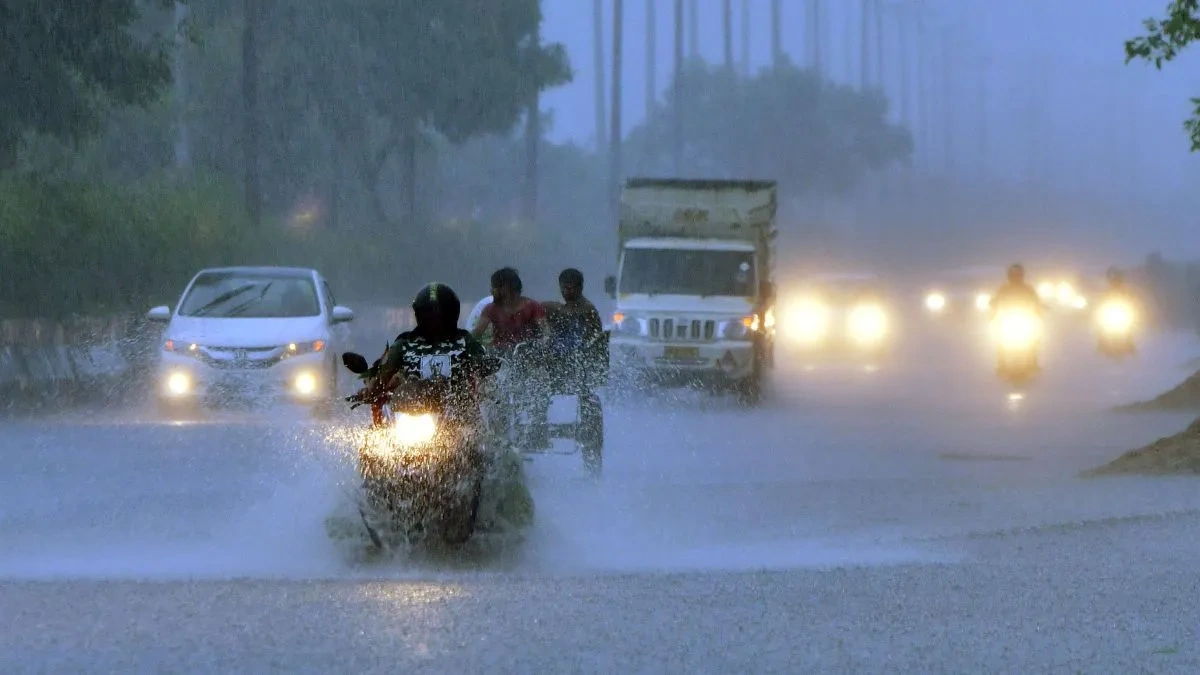
This is the big one. The one that gives Noida international notoriety. Come October-November, the sky often turns a hazy, sickly shade of grey. This isn’t fog. It’s smog, a toxic cocktail of pollutants, and understanding it is key to living here.
Everyone blames stubble burning in Punjab and Haryana, and yes, it’s a massive contributor. But it’s not the whole story. The noida pollution level is a result of a perfect storm of factors:
- Geography: We are landlocked. Unlike coastal cities like Mumbai or Chennai that get a fresh sea breeze to blow pollutants away, we’re stuck. The pollutants generated here, and the ones that drift in, have nowhere to go.
- Winter Meteorology: This is the crucial, often-overlooked part. During winter, a phenomenon called “temperature inversion” occurs. A layer of warm air traps a layer of cooler, denser air near the ground. All the pollutants from vehicles, industry, and construction dust get trapped in this cool layer, right where we breathe. The wind speed also drops dramatically in winter, so there’s nothing to disperse this toxic blanket.
- Local Sources: Let’s not forget our own contribution. The constant construction, the sheer volume of vehicles on the roads, and industrial emissions all pump pollutants into this trapped layer of air.
So, when you see the AQI Noida hitting 400 or 500, it’s this combination at play. The stubble smoke from outside gets added to our local pollution and is then trapped by the unique meteorological conditions of a North Indian winter. It’s a complex problem that no single solution can fix. Checking the real-time Air Quality Index on a platform like the officialIMD websitebecomes less of a habit and more of a necessity for survival.
The Winter Chills | When Western Disturbances Pay a Visit
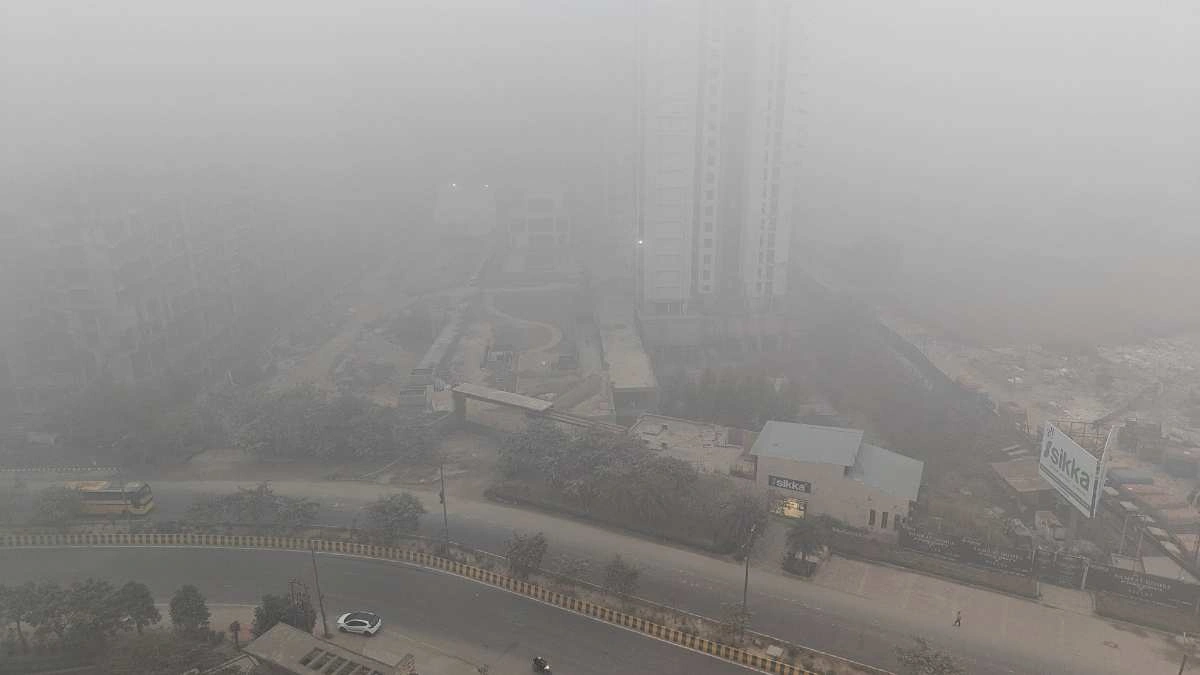
While the pollution gets the headlines, Noida’s winters can also be deceptively cold. It’s a damp, bone-chilling cold that seeps into your house and feels much colder than the temperature suggests. The hero (or villain, depending on your perspective) of this story is the Western Disturbance effect on NCR .
These are not local weather systems. Western Disturbances are massive cyclonic storms that originate all the way over the Mediterranean Sea. They travel eastwards, gathering moisture, and when they hit the Himalayas, they dump huge amounts of snow in the mountains. After passing the mountains, the cold, dry winds from these systems sweep down into the northern plains, including Noida. This is what causes the sudden drop in temperature and the classic “cold wave” conditions.
These disturbances also bring winter rain, which can temporarily wash the pollutants from the air, offering a day or two of crisp, blue skies. But they also increase the moisture in the air, which, when combined with the high pollution levels, creates the dense, persistent fog (smog) that causes flight and train delays. It’s fascinating how a weather event from thousands of kilometers away has such a direct and powerful impact on our daily lives, a kind of secret story of global weather connections.
Your Noida Weather Questions, Answered
What’s the best time to visit Noida, weather-wise?
Hands down, the post-monsoon period (late September to mid-November) and the spring season (February to March). The air is relatively clean, and the temperatures are pleasant. It’s a small, beautiful window between the extreme heat and the extreme pollution/cold.
Why does the forecast for Noida, like the noida weather today 14 days forecast, change so quickly?
Because the weather here is influenced by multiple, large-scale systems (Monsoon, Western Disturbances) and highly localized factors (Urban Heat Islands, dust storms). This makes long-range forecasting a challenge. A sudden change in wind direction or the arrival of a disturbance can change the forecast dramatically in just a few hours.
Is the AQI level the same across all of Noida?
No, not at all. The AQI Noida can vary significantly. An area with more green cover and less traffic (like a secluded residential sector) might have a much better AQI than a busy traffic intersection or an area near a construction site. These are called microclimates.
How can I protect myself during a severe heatwave?
Stay hydrated with water, coconut water, and buttermilk. Avoid going out during peak sun hours (11 AM to 4 PM). Wear light-colored, loose cotton clothing. And be mindful of the symptoms of heat exhaustion, like dizziness, headache, and nausea.
What exactly is a ‘Western Disturbance’?
In simple terms, it’s an extratropical storm originating in the Mediterranean region. It’s a non-monsoonal weather pattern that drives the weather in northern India, especially during the winter. It brings rain to the plains and snow to the mountains.
Ultimately, understanding Noida’s weather is about understanding our relationship with our environment. It’s a powerful, dynamic system that we are a part of, not separate from. The extreme heat, the flooding rains, and the choking smog aren’t just weather phenomena; they are feedback. They are the city telling us its story, and it’s on us to listen and, hopefully, to start writing a better chapter.
